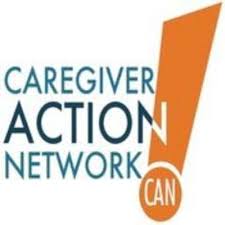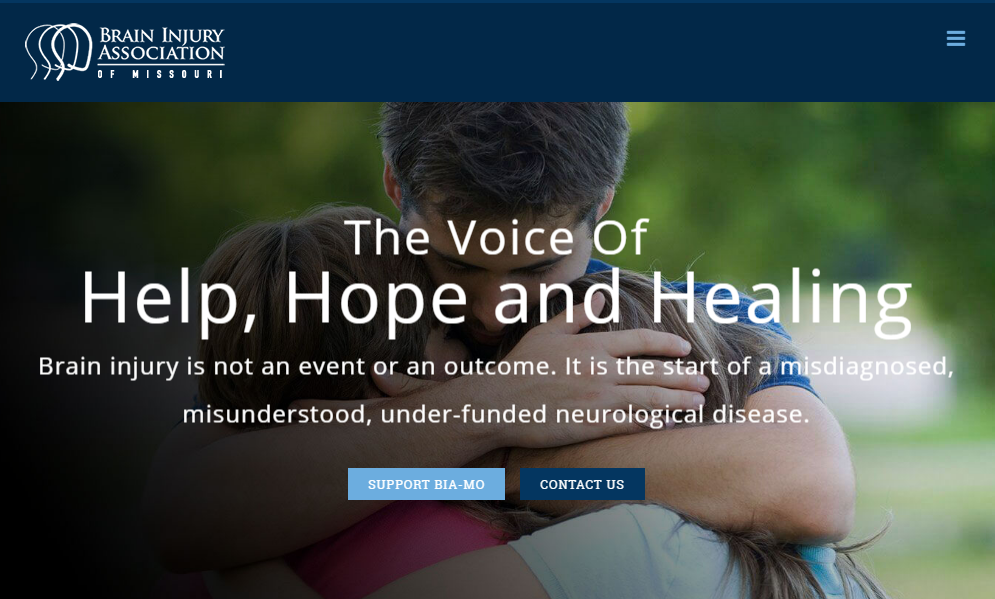Feb. 2 Is Rheumatoid Arthritis Day
Groundhog Day is observed every year on Feb. 2, but Punxsutawney Phil shares his day with a chronic illness that affects more than 1.5 million Americans.
The Rheumatoid Patient Foundation (RPF) has designated that date as Rheumatoid Awareness Day.
Rheumatoid arthritis (RA) is a progressive inflammatory disease that causes severe pain in the joints and organ tissues. Symptoms include:
- Tender, warm, swollen joints
- Symmetrical pattern of affected joints
- Joint inflammation often affecting the wrist and finger joints closest to the hand
- Joint inflammation sometimes affecting other joints, including the neck, shoulders, elbows, hips, knees, ankles, and feet
- Fatigue, occasional fevers, a loss of energy
- Pain and stiffness lasting for more than 30 minutes in the morning or after a long rest
RA doesn’t differentiate between race, ethnic group or gender, but women are diagnosed more often than men. Older people are affected most often, but teenagers and younger children are also affected. According to the RPF, Most people with RA experience pain every day. Nearly half of the participants in Allsup’s “True Help Claiming Power Over Pain” program were living with RA.
The RPF notes that it isn’t an accident that Rheumatoid Awareness Day also comes at the start of Heart Awareness Month.
“Studies show that rheumatoid disease may affect the heart prior to diagnosis,” the organization reported in a news release. “Rheumatoid patients have higher incidence of stroke and atrial fibrillation, in addition to the specific affects of the disease upon the heart itself.”
The RPF is asking the rheumatoid patient community and the public to support Rheumatoid Awareness Day by raising awareness and sharing educational resources via social media and participating in a live online chat.
If severe rheumatoid arthritis is preventing you from working, visit Allsup.com to learn how Allsup can help you receive the Social Security Disability Insurance benefits that you paid for while you were still working.
Dan Allsup
Related Articles

Uncategorized
Helping Family Caregivers With What They Need to Know

Uncategorized
Understanding MS and Disability Benefits

Uncategorized
BIA-MO Gets Real about Brain Injury Awareness

